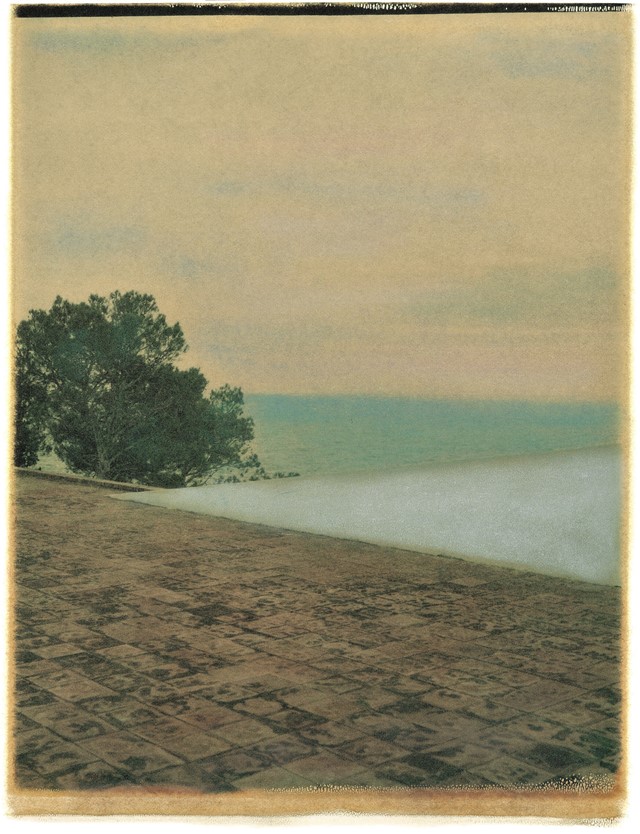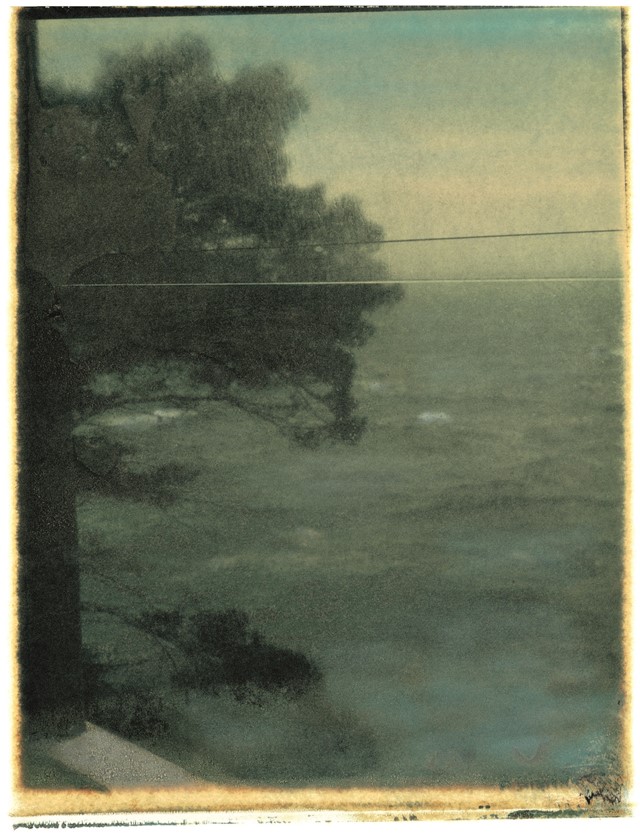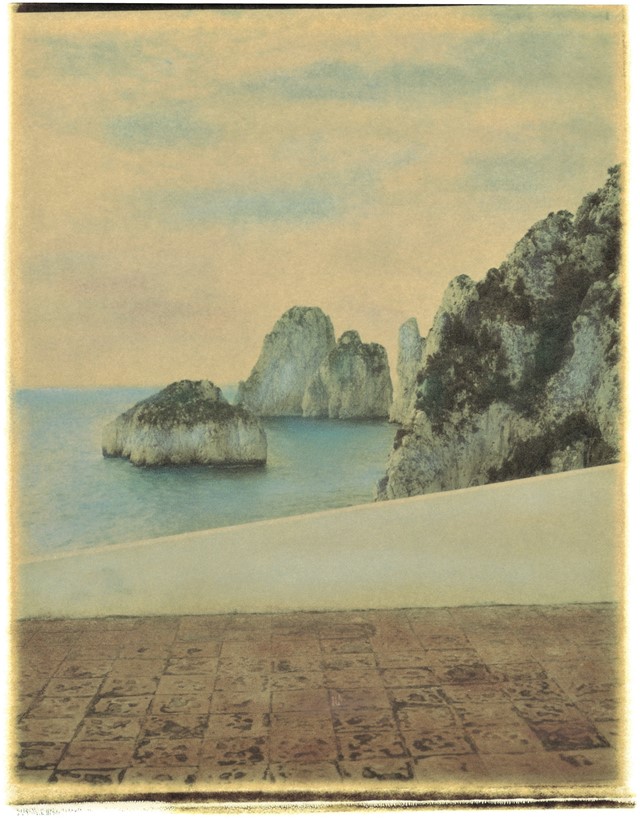The visionary villa is celebrated once again with the re-issue of Lagerfeld's whimsical photo book
Perched atop a rocky promontory, on the Eastern side of the Isle of Capri, 32 metres (and 99 steps) above the Mediterranean Sea sits Casa Malaparte – a radical, flame-red villa, designed by the famed Italian poet and journalist Curzio Malaparte in 1937 as a home for himself. Provocative, cutting-edge and mysterious, the building became a testament to its owner’s identity and beliefs; its controversial, modern design and remote settings – over an hour away from the island’s populated Piazza – were considered to be a response to the political unrest of the time and a symbolic departure from the Fascist regime. At once mythical and nostalgic, surreal and beautiful, the house was chosen by Jean-Luc Godard as the location for his classic 1963 film, Contempt, in which Brigitte Bardot was filmed sunbathing on the sleek rooftop patio. But the French actress isn’t the only one to have climbed the reverse pyramidal cascade of stairs to enjoy the otherworldly views from the edgeless terrace. The building’s minimalist structure has also been the subject of many books and provided inspiration for artists and architects alike.
Malaparte once referred to his home as "a site only for strong men and for free spirits," so perhaps this is what drew Karl Lagerfeld to the estate in November 1997. Over his five-day stay, he took a series of Polaroids exploring the integration between house’s design and its surrounding wilderness. Printed on Arches mould-made paper, the series was originally published as a two-volume set in 1998.
To celebrate the re-issue of this beautiful photographic book, we present a selection of our favourite images, with accompanying stories and memories by the design luminary.

"Never say Villa Malaparte. He hated the word 'villa'. For him, the phrase was the quintessence of anything 'bourgeois'. Curzio Malaparte was a man with changing political opinions, but first and foremost he was a prolific writer and the architect of a unique masterpiece [...] The Casa Malaparte is a vision of a man with no visible influences. Built in the thirties, it has nothing in common with the Italian architecture of those days. It’s also untouched by the then so influential ideas of the Bauhaus – but it is still absolutely modern. There is no other house like this in the world."

"During our stay the sun shone only for one short day. In November, daylight fades slowly at five o’clock. The sunset – seen from the terrace or the big windows of the over 100 m2 main room – was like fire, a fire you could not put out, and suddenly it was night. November days here are only shorter moments placed between endless nights."

"On that only beautiful day the waves grew sleepy. The moon, when it came out, slid down the famous stairs leading to the flat roof of the house – the magic terrace floating high above the sea. It’s an absent, mystic house that has gone to rest. It was nearly lost but found again. It has a sovereign unconcern for everything down to earth. It was not build for mortal men [...] The place is haunted by antique beauty. Mythology is very present here. I never felt anything like that in another absolutely modern building. It’s the maddest dream a man could make and realise. Paradise is found here, on this little piece of interdicted, inaccessible private rock. There is a feeling of immortality difficult to explain."

"You can not feel at home here. Malaparte is still too present – in every room – in every corner. The house lies there as if life had leaked away, intending to return, but nobody knows when [...] We left behind this magical place sleeping in unseen arms of power and memory."
Casa Malaparte by Karl Lagerfeld is published by Steidl.
